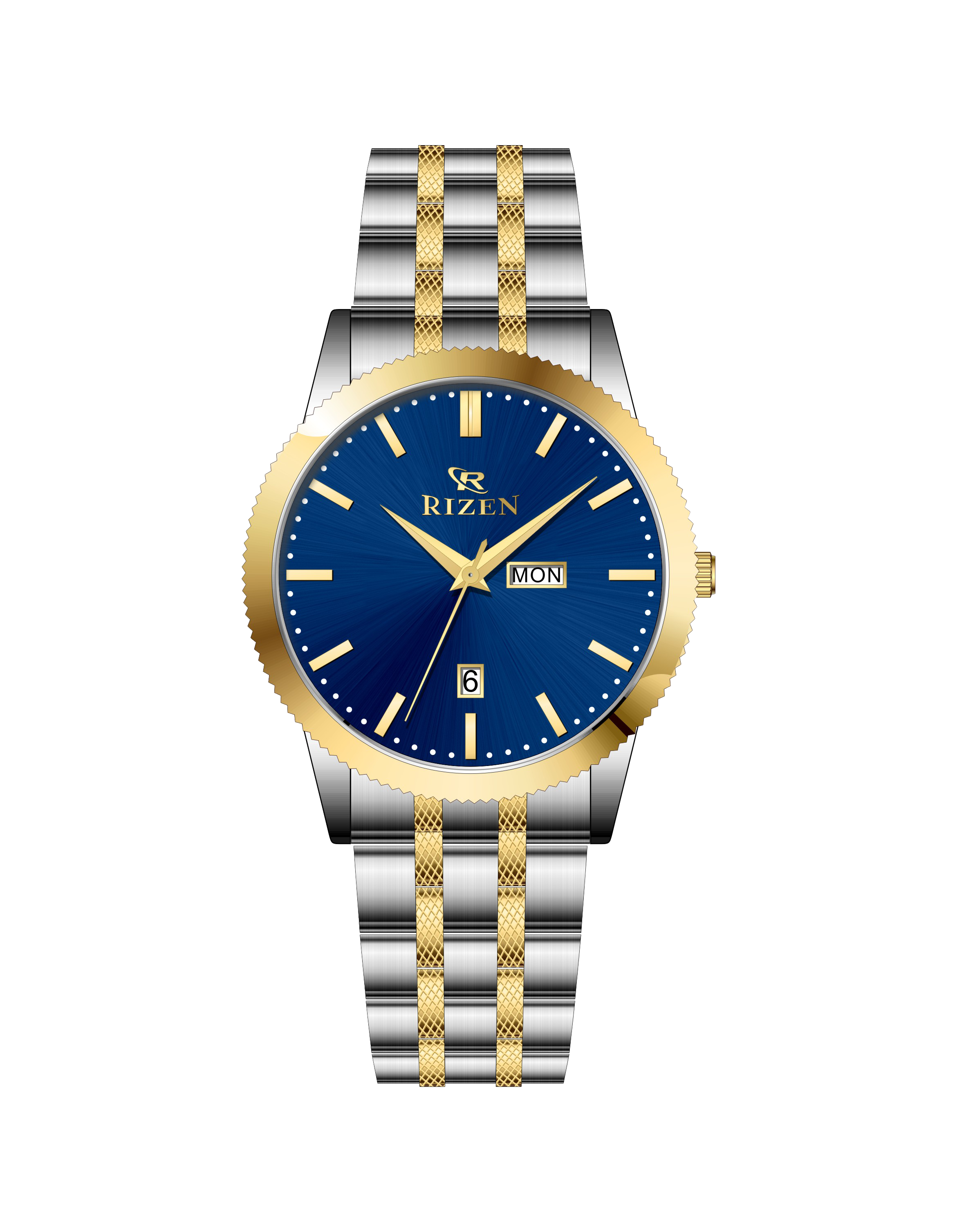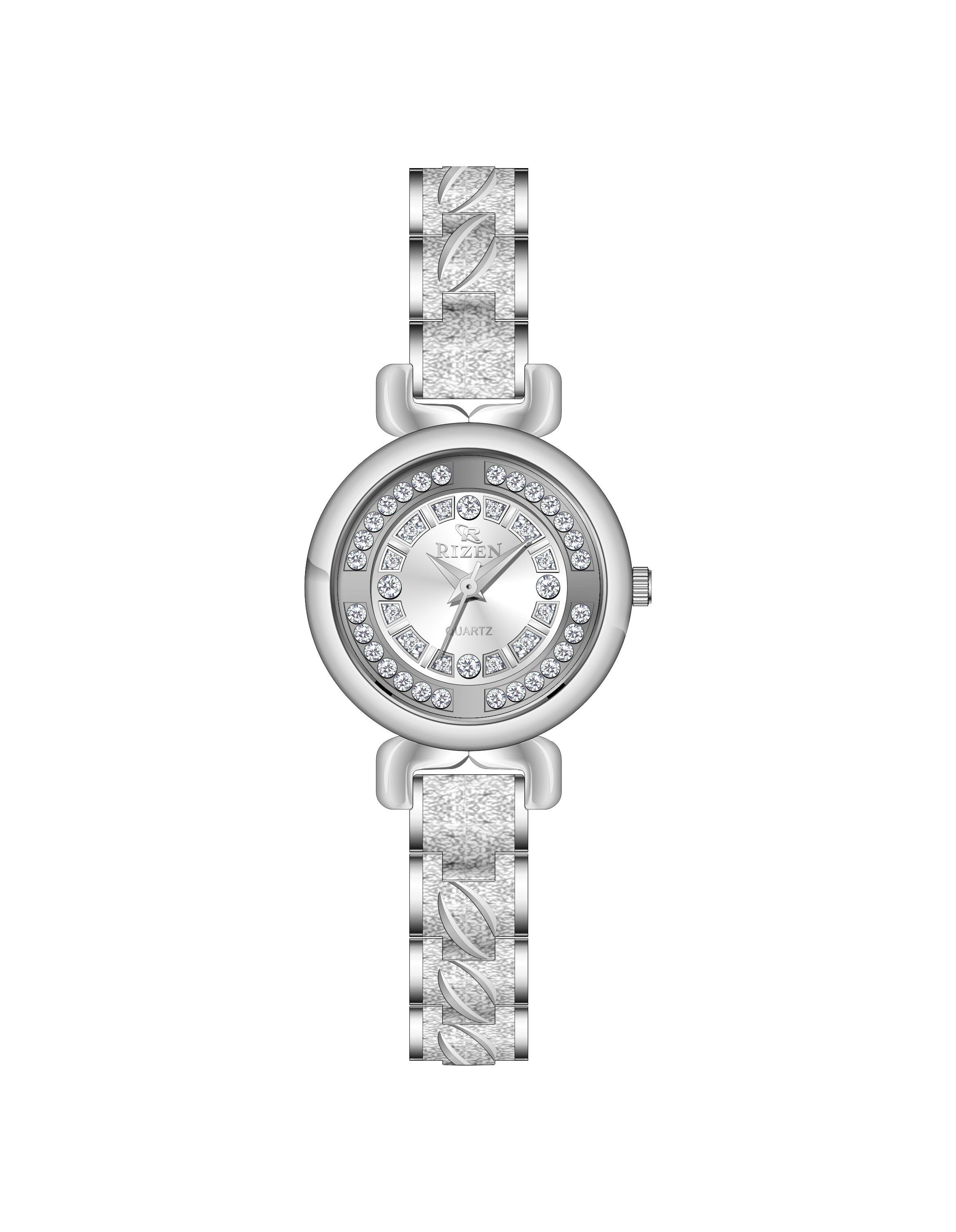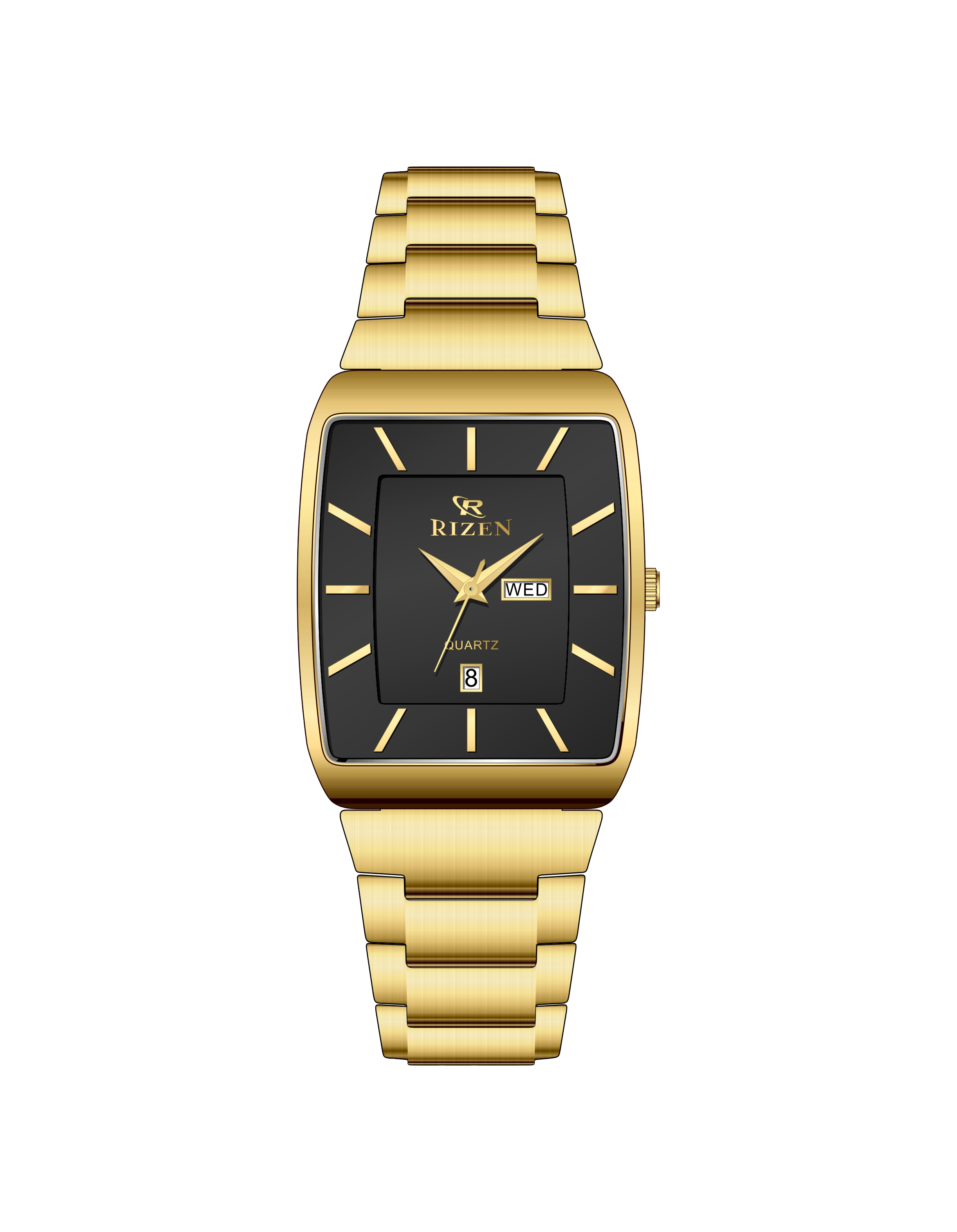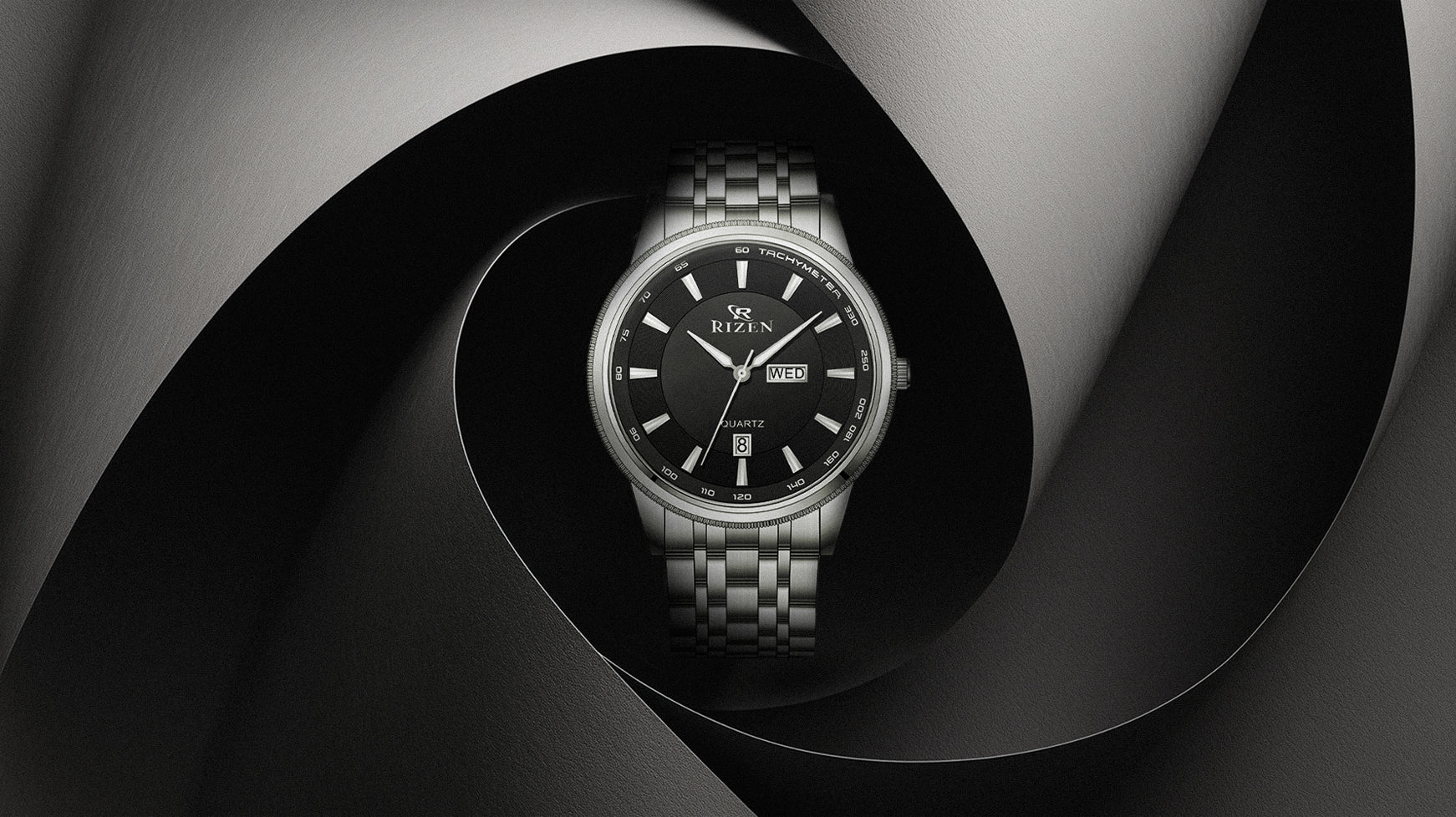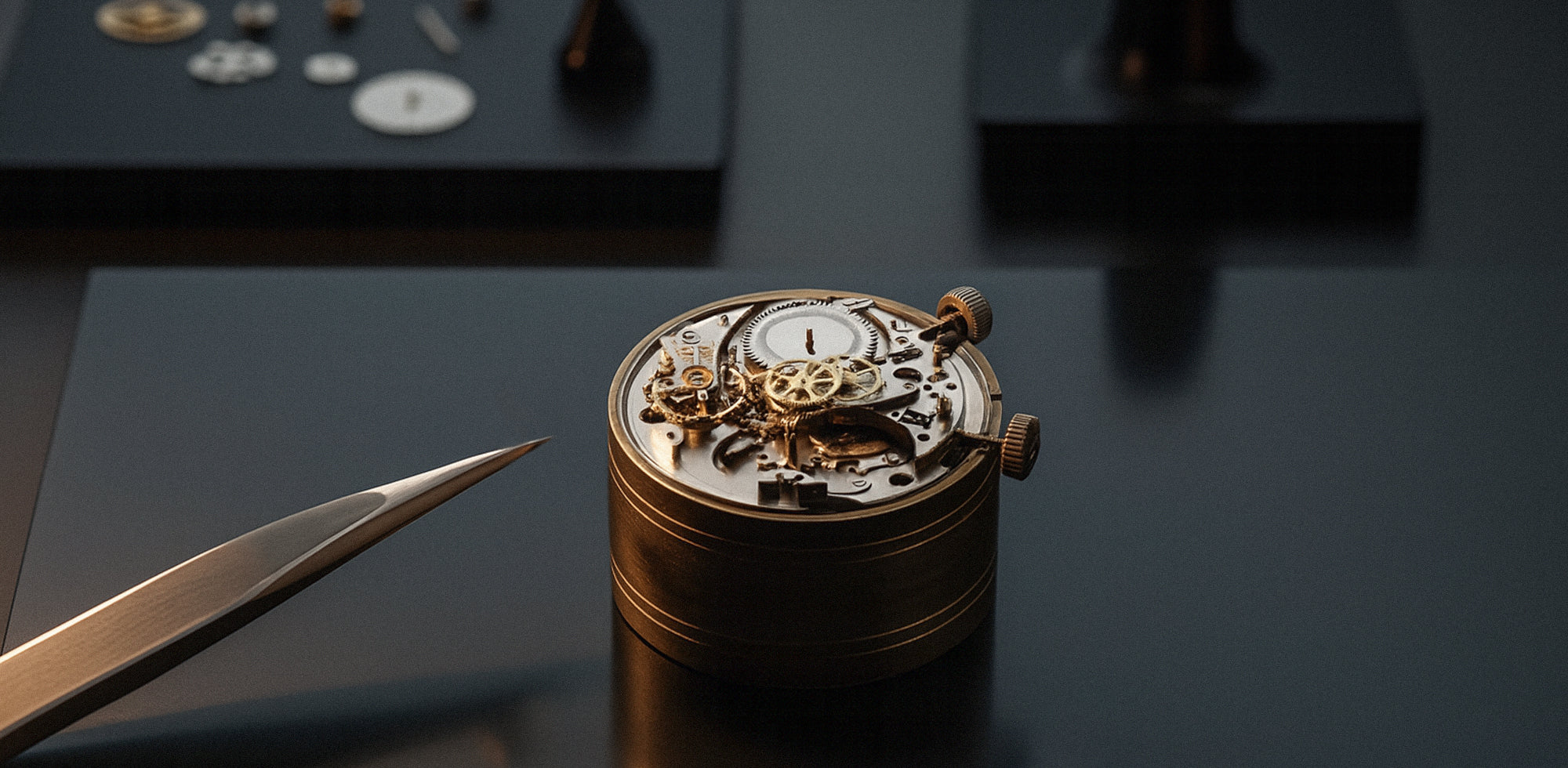A Journey Through Time: How The Watch Evolved
The wristwatch we know and love today wasn't always a part of our lives. Its journey is a fascinating tale of innovation, from bulky, mechanical objects to the sleek, smart devices we wear on our wrists. Let's take a look at how the watch has transformed over time.
The Early Days: Clocks on the Go
Before wristwatches, people carried pocket watches. These were small, intricate clocks that were first popular among the wealthy in the 16th century. They were often beautifully designed, but they weren't very accurate. You had to wind them daily, and their main purpose was more about showing off wealth and status than telling precise time. These early timepieces were a symbol of luxury, not just a tool.
The Shift to the Wrist: Convenience Takes Over
The change from the pocket to the wrist was a slow one. It started with soldiers in the late 19th century who found it much easier to check the time on their wrist during battle than to fumble for a pocket watch. By the early 20th century, the wristwatch had become a mainstream fashion accessory, and its popularity skyrocketed. This was the era of mechanical watches, powered by springs and gears. Brands started focusing on making them more durable and accurate, introducing features like water resistance and automatic winding.
The Digital Revolution: Enter the Quartz Watch
The next major leap was the quartz watch in the 1970s. These watches used a tiny battery and a quartz crystal to keep time, making them far more accurate and affordable than their mechanical counterparts. This innovation made watches accessible to everyone and marked the beginning of a new era of mass production. It was a huge change that made timekeeping a modern convenience rather than a luxury.
The Future of Time: Smarter Than Ever
Today, the most significant evolution is the rise of the smartwatch. These are no longer just for telling time; they are miniature computers on your wrist. They can track your fitness, monitor your health, and even let you make calls or send messages. As technology advances, we can expect future watches to become even more integrated into our lives, perhaps with holographic displays, flexible screens, or even a direct connection to our health data.
The watch has come a long way, from a simple ornament to an indispensable part of our daily lives. Its story is a testament to human creativity and our endless quest to track and manage the most precious resource of all: time.

